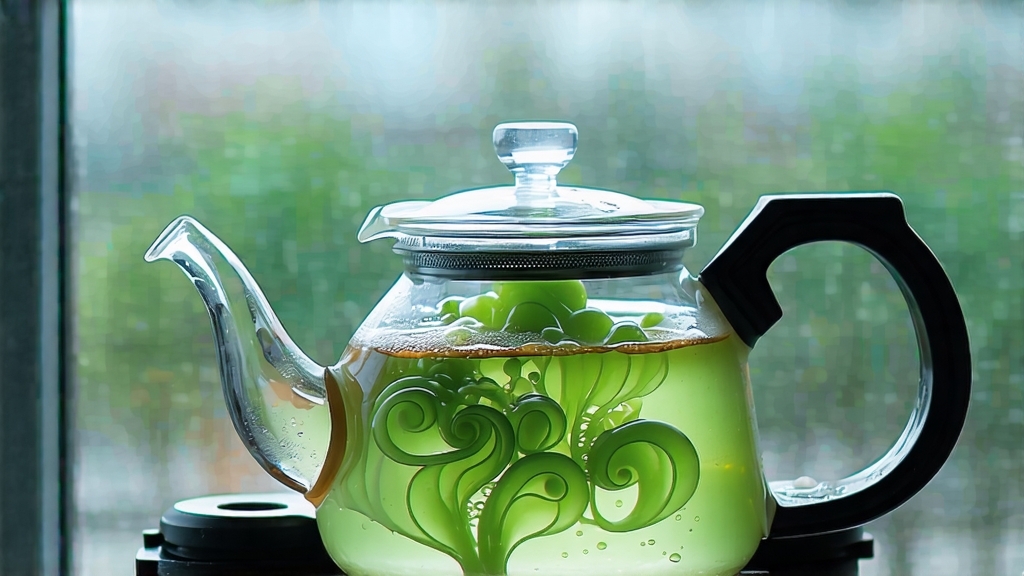
Tucked between the mist-laden hills of Dongting Mountain and the gentle ripples of Taihu Lake in Jiangsu Province, Biluochun—literally “Green Snail Spring”—has captivated Chinese tea lovers for more than a thousand years. To the uninitiated, the name sounds almost whimsical, yet every syllable carries precise information: the leaf is emerald green, its finished shape resembles a tiny spiral shell, and it is picked only in the brief window when spring begins to warm the land. In the West, Biluochun is still overshadowed by Dragon Well or Gunpowder, but within the vast family of Chinese green teas it is regarded as the pinnacle of fragrance, a tea so delicate that connoisseurs compare it to sipping liquid orchid mist.
Historical records trace Biluochun’s origin to the Tang dynasty (618-907 CE), when local hill farmers offered the earliest version—then called “Xia Sha Ren Xiang” (Frighteningly Fragrant)—to the imperial court. Legend claims a tea picker ran out of space in her basket and tucked fresh leaves between her breasts; the warmth of her body triggered an unexpected enzymatic change, releasing an intoxicating perfume that startled nearby monks. Whether apocryphal or not, the story hints at the tea’s signature trait: an aroma so intense it seems almost supernatural. During the Kangxi reign (1662-1722) of the Qing dynasty, the emperor visited Lake Tai, tasted the tea, and instantly renamed it Biluochun for its snail-like roll and spring harvest, elevating it to tribute status. From that moment onward, every kilogram of authentic Dongting Biluochun was couriered northward on horseback and canal boat, wrapped in silk and guarded by soldiers.
Today, the appellation “Biluochun” is legally protected; only leaf plucked within Dongting East and West Mountains may bear the name. Even within this micro-zone, terroir matters profoundly. The lake acts as a vast heat reservoir, delaying bud-break in early March and then moderating night temperatures so that amino acids accumulate while tannins remain gentle. Peach, plum, and loquat trees are interplanted among tea bushes; their blossoms drop petals that decompose into the acidic, well-drained soil, adding subtle floral precursors to the leaf. Farmers insist that on still mornings, when lake vapor drifts uphill and mingles with fruit-blossom scent, the tea absorbs this composite perfume like a living blotter.
The cultivar itself is a diminutive, slow-budding shrub known locally as “Xiao Ye” or small-leaf type. Its compact surface area concentrates aromatic oils, but also makes it vulnerable to frost, so hillsides are oriented southeast to catch the first warming rays and avoid the cold north wind. Seedlings are traditionally propagated by cuttings rather than seeds to preserve genetic uniformity; a single mother bush can sire an entire hillside through decades of vegetative cloning.
Harvest begins around Grain Rain—usually April 5th to 20th—when nights stay above 8 °C and the standard reaches “one bud with one unfolded leaf” no longer than 2.5 cm. Experienced pickers work barefoot to minimize soil compaction, bending low under the April mist so that each snap of the fingernail severs the stem without bruising adjacent foliage. A top-grade kilo demands 70,000 individual tips, the equivalent of a picker’s entire day’s labor. Leaves are placed in shallow bamboo trays lined with gauze; any depth beyond 3 cm risks suffocation and unwanted enzymatic browning.
Within two hours of plucking, the trays enter the shaqing (kill-green) room, a modest brick building heated by a wood-fired wok whose temperature hovers at 180 °C. The goal is to destroy leaf enzymes within ninety seconds while preserving the silvery down that gives finished tea its pearlescent sheen. A master handler tosses 250 g of leaf at a time, using wrist flicks that resemble a chef sautéing rice; the motion must be vertical so that buds tumble freely and do not compress against the iron surface. When the leaf emits a faint popcorn note and the green deepens to jade, it is instantly raked onto a woven bamboo mat to cool.
Rolling comes next, and this is where the signature spiral is born. Once the leaf temperature drops to 38 °C, five hundred grams are placed on a 70 cm diameter wok maintained at 65 °C.